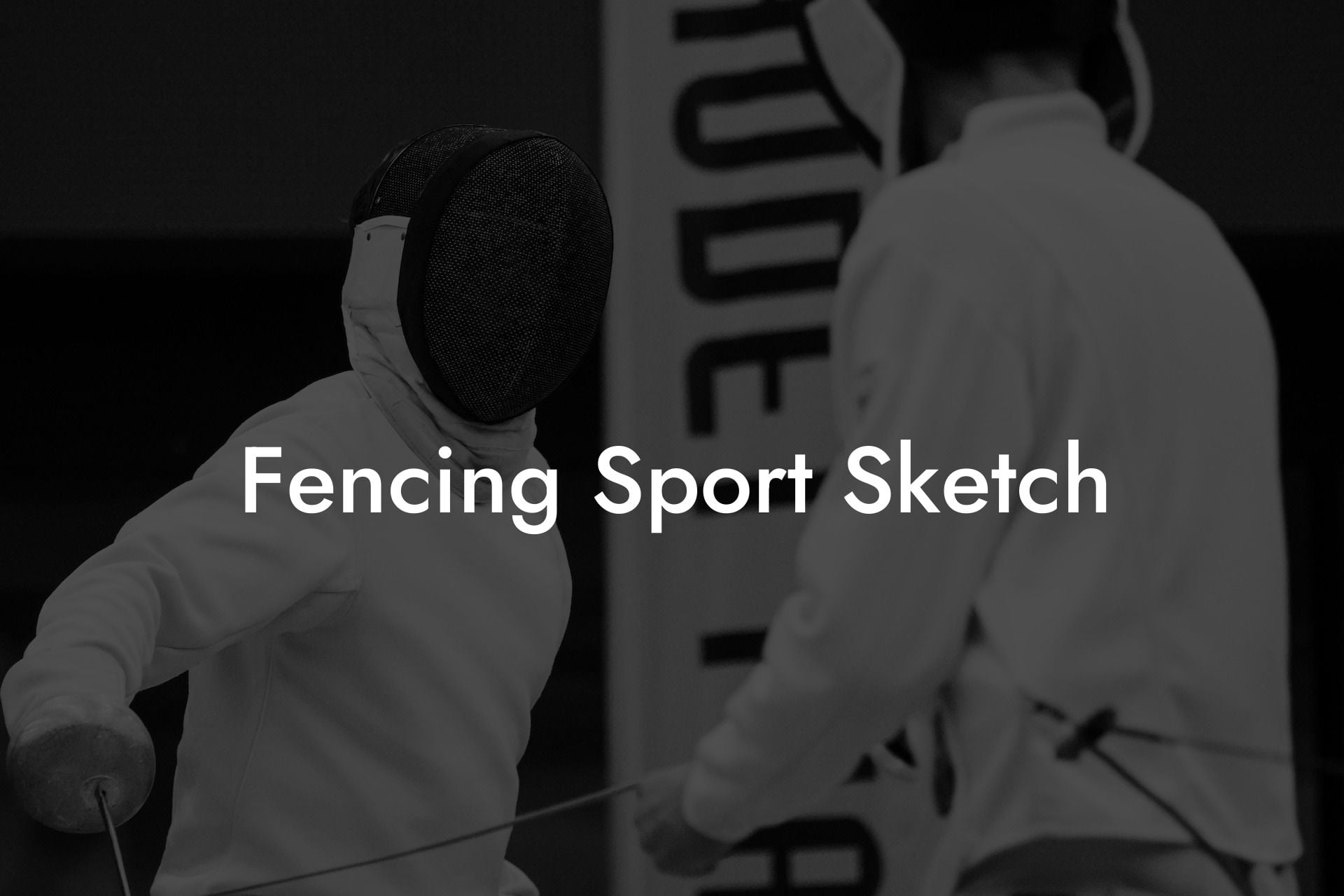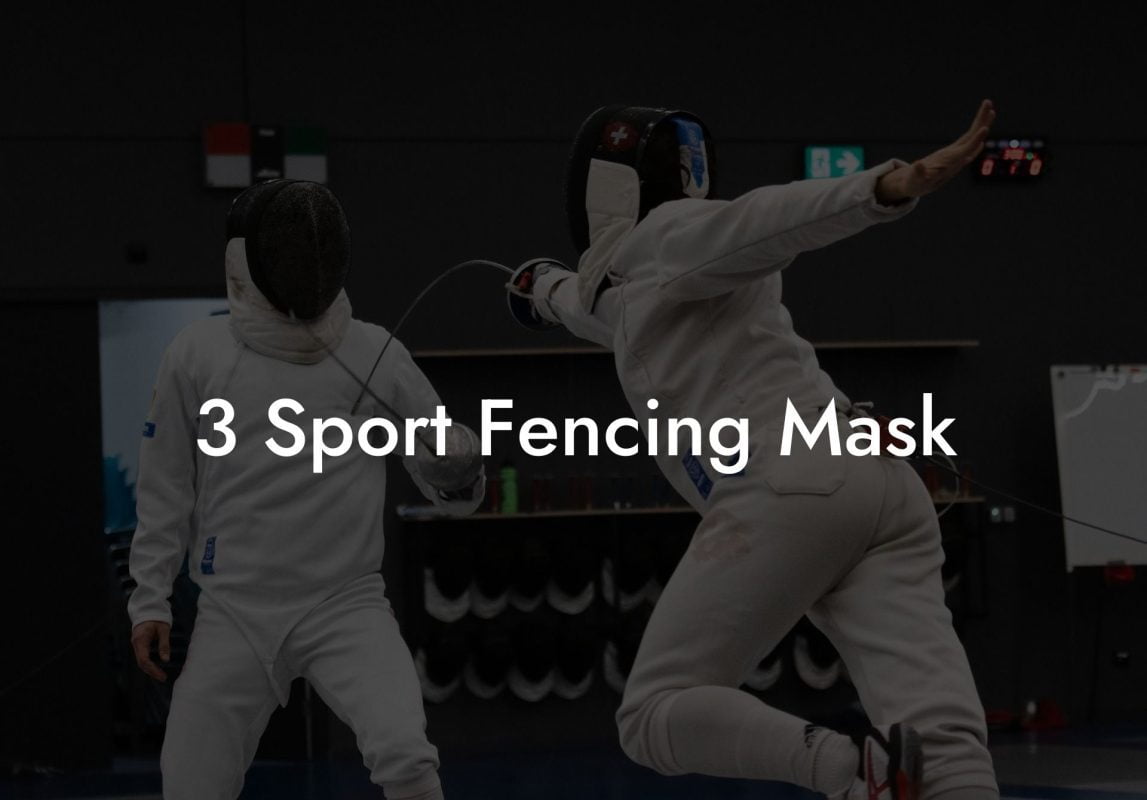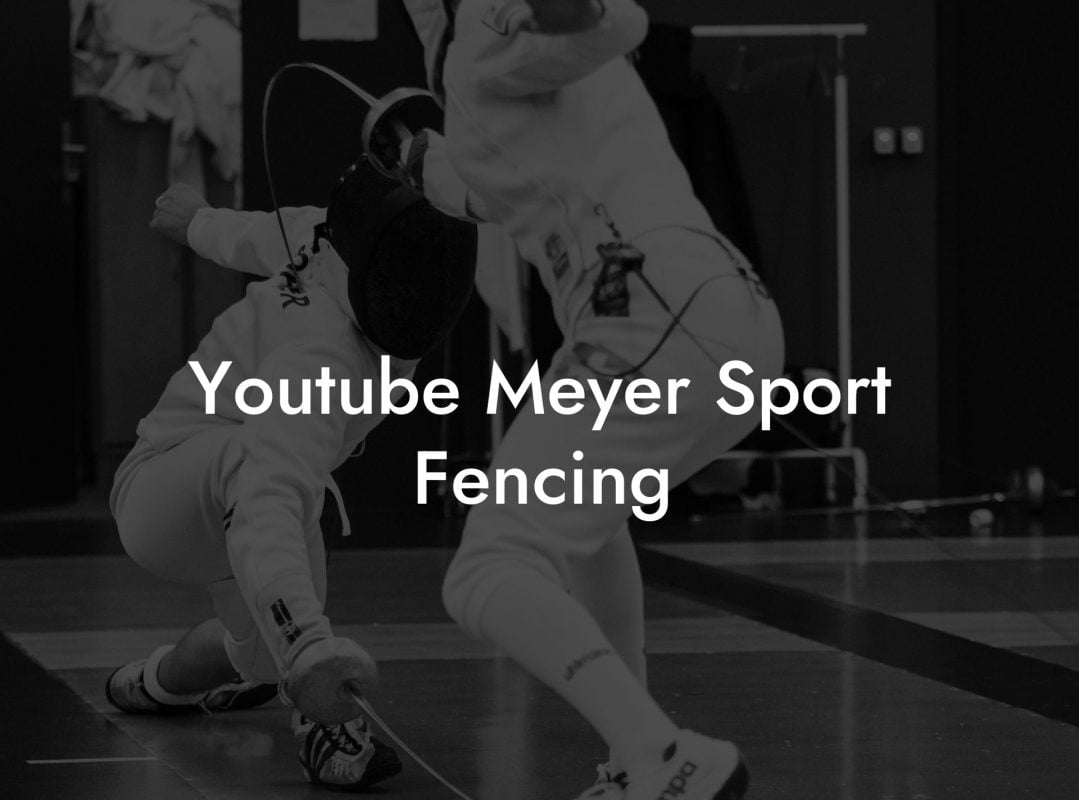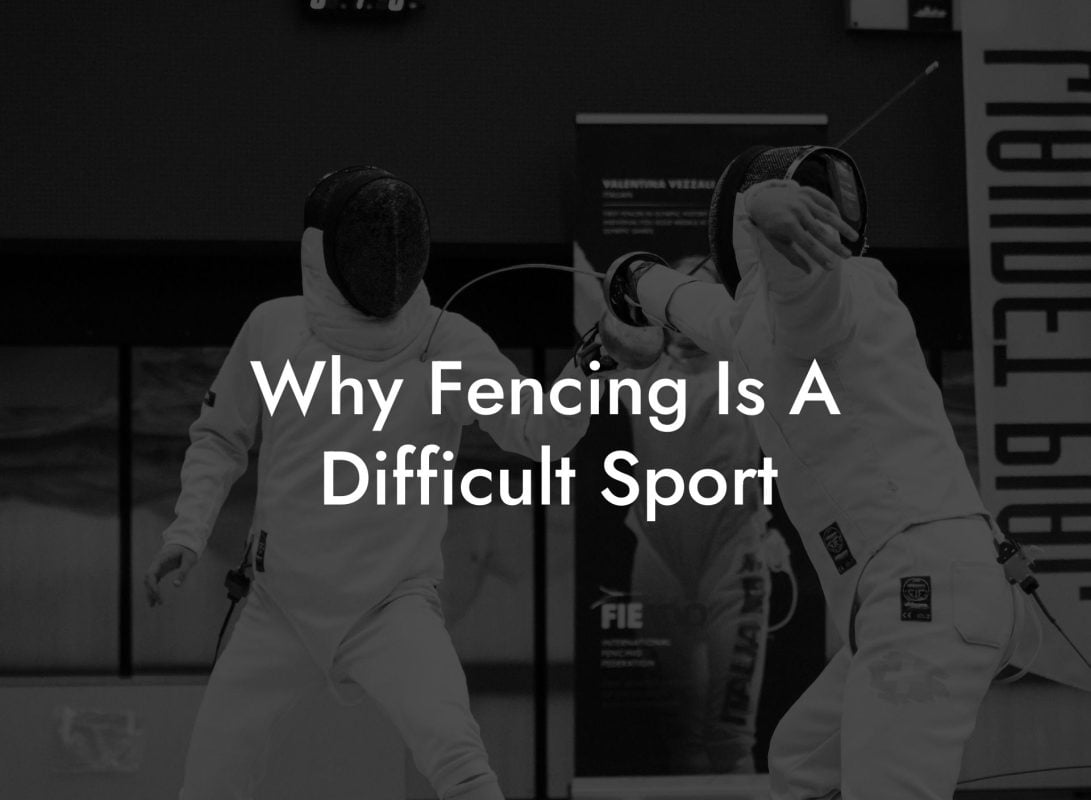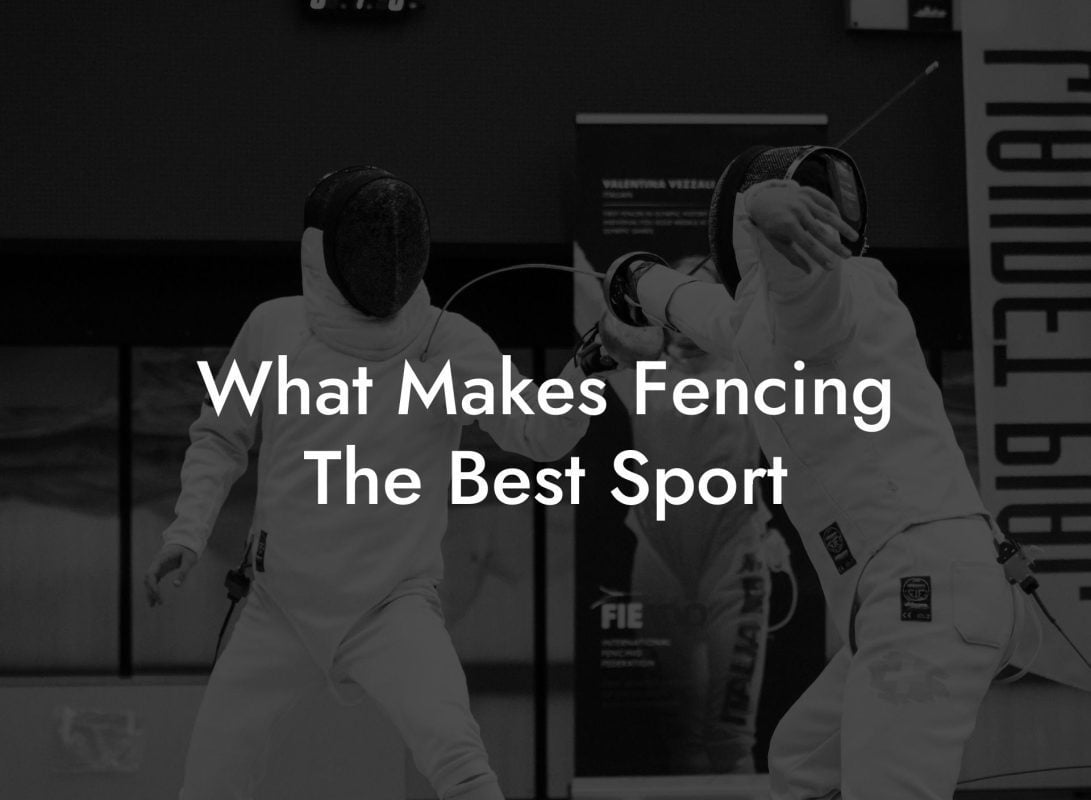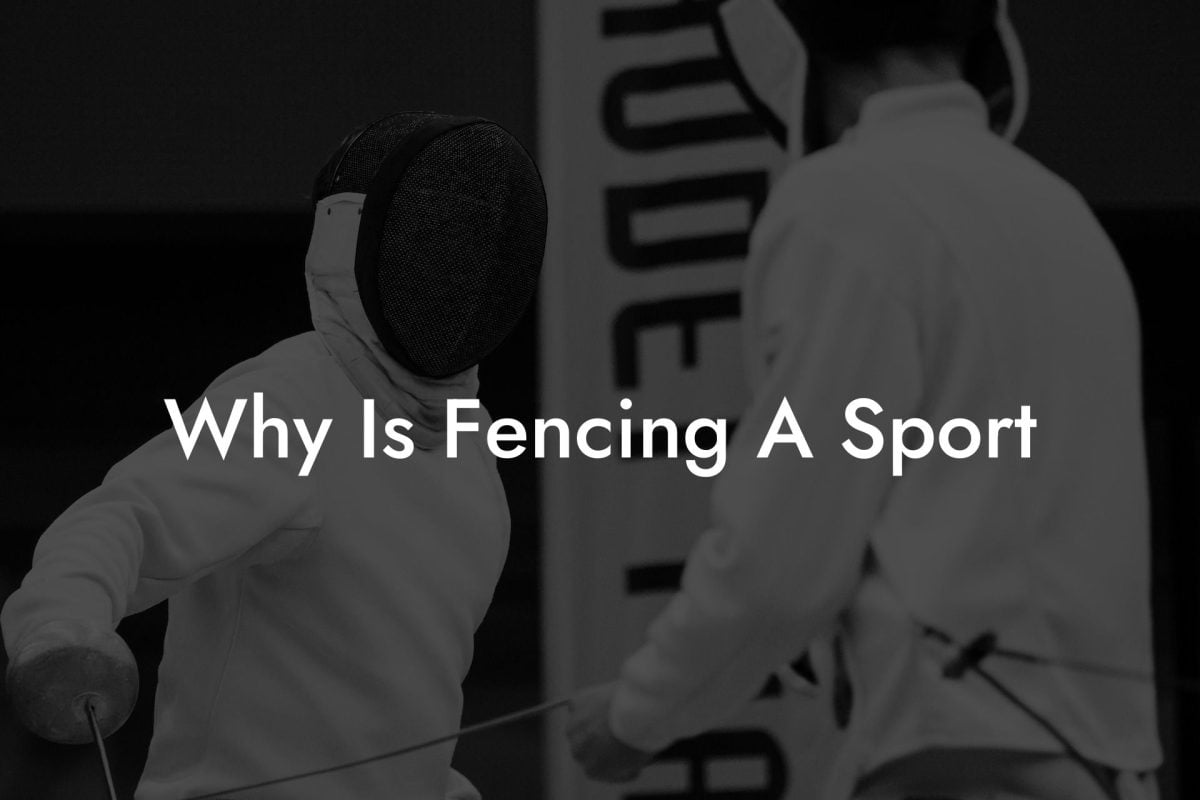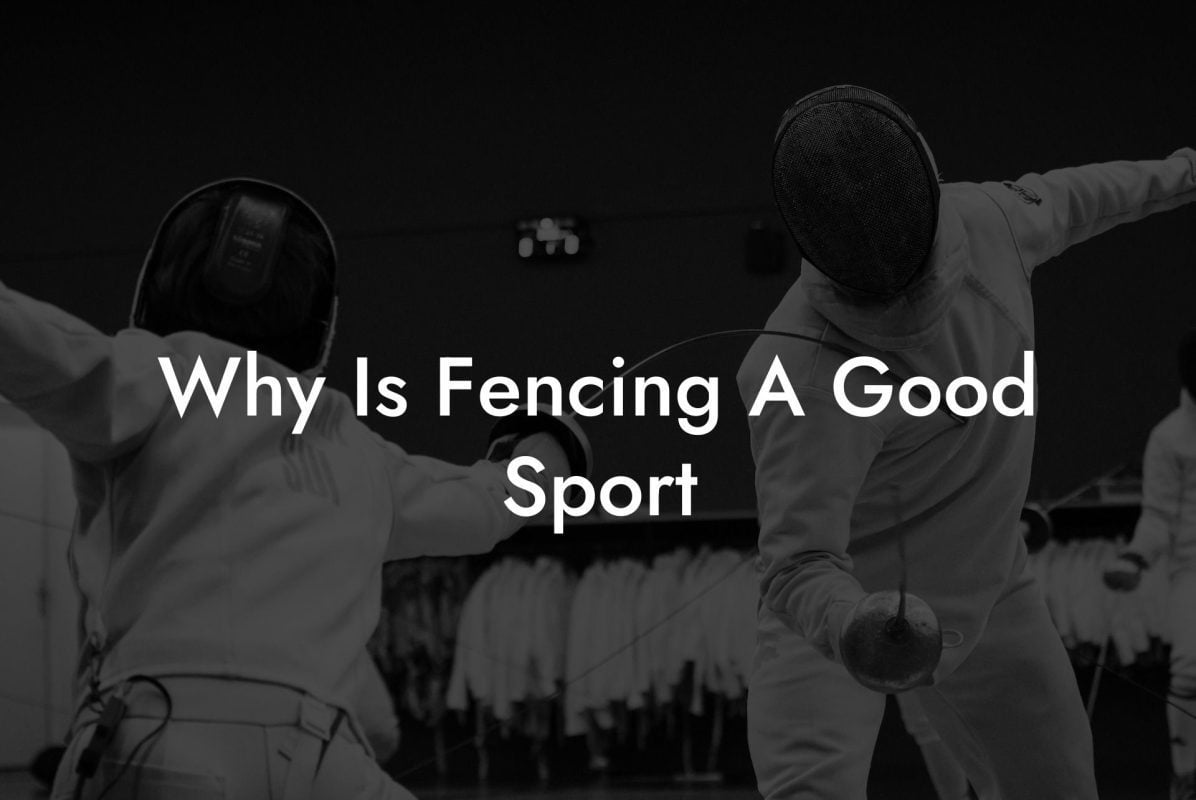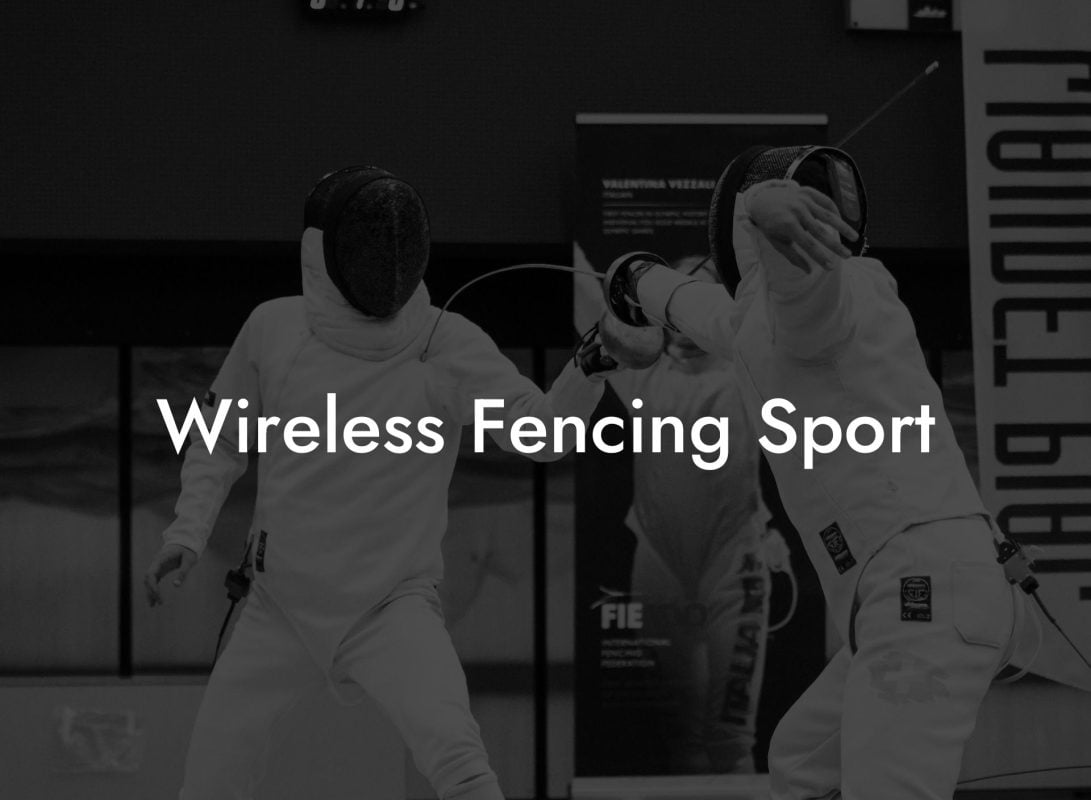Have you ever wondered about the intricate movements, lightning-fast reflexes, and artful tactics behind the sport of fencing? In this article, we'll take you on an exploration of the world of fencing, uncovering its rich history, techniques, and essential equipment. As you sketch a vivid picture of this elegant sport in your mind, our guide will help you understand why it has captivated the imaginations of athletes and spectators for centuries.
Fencing Sport Sketch Table of Contents
A Brief History of Fencing
Fencing has its origins in ancient civilizations, where swordplay was practiced for various reasons - from self-defense, to military training, to recreational entertainment. However, the modern sport of fencing finds its roots in 15th century Europe. With the advent of new techniques and protective gear, fencing evolved into a safer, refined practice, eventually being introduced as an Olympic sport in 1896.
Three Types of Fencing Swords
In modern fencing, there are three types of swords used, each with distinct rules and strategies associated with them:
- Epee - Epee is the heaviest of the three swords, with a larger guard to protect the hand. It is the most similar to the original dueling swords of the past. Touches are scored only with the tip, and the entire body is a valid target.
- Foil - Foil is a lighter sword with a smaller guard, originally developed as a practice weapon for Epee. Only the tip can score touches, and the valid target areas are limited to the opponent's torso and back, simulating a lethal-hit-only approach.
- Sabre - Sabre, influenced by the cavalry swords of old, can score touches with either the tip or the cutting edge of the blade—from the bend of the hips to the head, mimicking the most accessible targets on a mounted opponent. Key differences from the other two weapons include its slashing moves and right-of-way rule, where priority is given to the attacker.
Basic Techniques in Fencing
Regardless of the type of sword used, there are some fundamental techniques that every fencer must learn:
- En garde - The basic starting position for every fencer, with feet shoulder-width apart and the front foot pointing forward, while the back foot is turned at a right angle.
- Advance and Retreat - The basic footwork of fencing. Advance by stepping forward with the front foot, while retreat involves stepping back with the rear foot, all while maintaining proper balance and posture.
- Lunge - A fundamental attacking move where the fencer lunges forward with their sword arm extended, in an attempt to touch their opponent with the tip of their blade.
- Parry - A basic defensive move where the fencer moves their blade to deflect the opponent’s attack, opening up an opportunity to score a counterattack, called a riposte.
Fencing Equipment Essentials
Safety and precision are paramount in fencing, and the right equipment plays an essential role in ensuring both. Below are the basic items every fencer needs:
- Mask - A protective, wire-mesh mask that covers the entire face and head, ensuring safety from accidental hits.
- Jacket and Plastron - Specially designed jackets and underarm plastrons (protective padding) that provide coverage against potential injury.
- Gloves - One glove for the sword hand, usually featuring additional padding for extra protection.
- Sword - The choice of sword depends on the style of fencing being practiced. Epee, foil, or sabre – each has unique characteristics and techniques.
- Breeches and Socks - Long fencing pants (breeches) that cover the legs, paired with knee-high socks, to ensure full protection of the limbs.
Fencing Sport Sketch Example:
Imagine a foil fencing bout between two opponents, with each of them showing off the techniques discussed above. Beginning in en garde, they advance and retreat, testing each other's timing and distance. One fencer initiates a swift lunge, targeting the opponent's torso with precision. The other, anticipating the move, executes a successful parry, deflecting the attack and launching a riposte. The fluid back-and-forth between attack and defense showcases the artistry and athleticism inherent in the sport of fencing.
Now that you have a basic outline of the fascinating world of fencing, we hope you're inspired to explore further into the techniques, strategies, and artistry that make this sport so captivating. Whether you're an eager beginner or an experienced fencer, the Anchorage Fencing Club’s blog is always here to provide you with the latest information, tips, and equipment guides. Don't forget to share this article with your friends, and immerse yourselves in the elegant world of fencing together!

